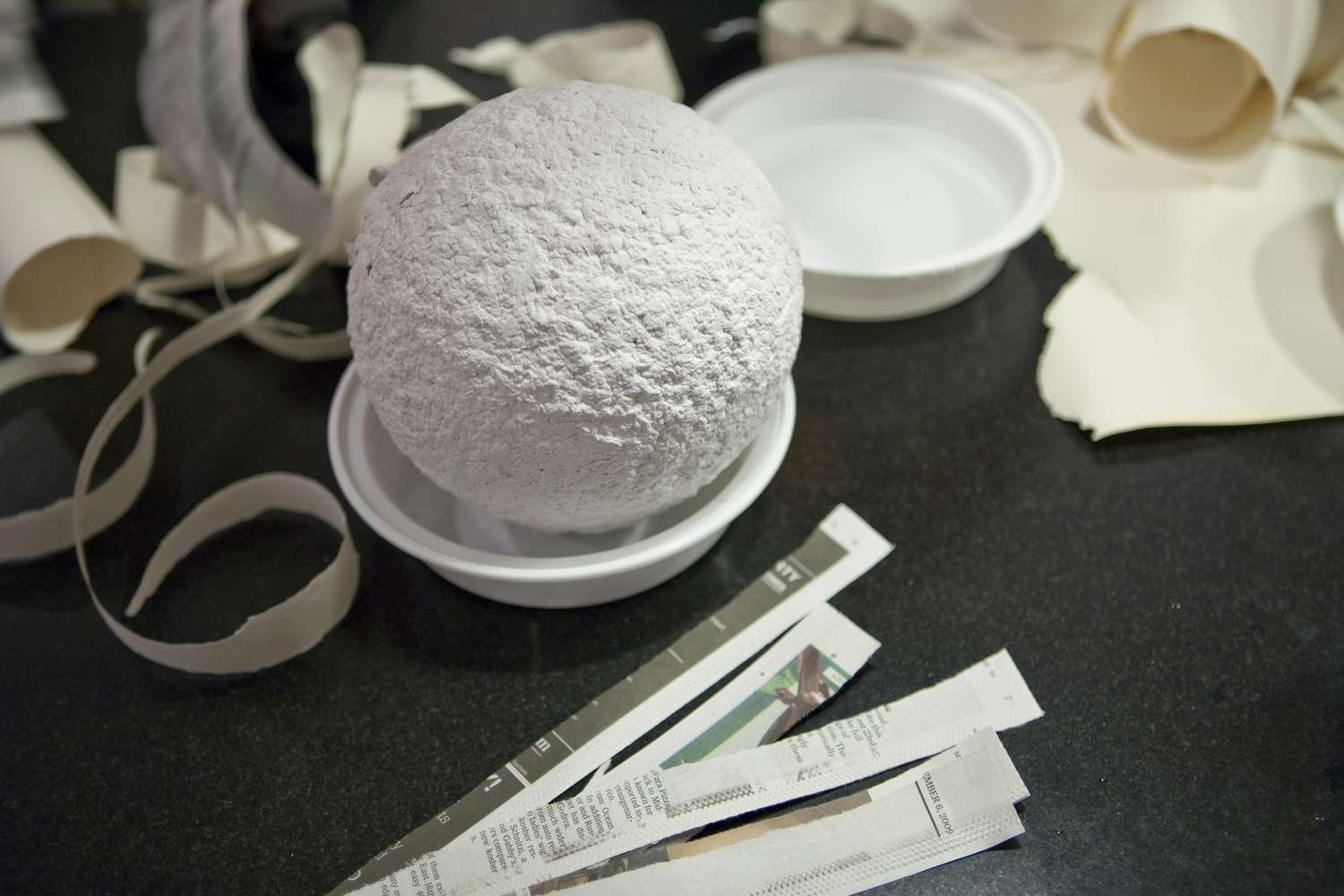In today’s fast-paced digital environment, writing instruments remain an essential part of daily life, transcending their basic function as mere tools for writing. Pens, pencils, markers, and styluses are used not only for practical purposes but also as mediums of self-expression, creativity, and professionalism. Over time, the writing instruments market has evolved to meet changing consumer needs, with ergonomics and design playing central roles in this transformation. Ergonomics focuses on enhancing user comfort and efficiency, while design caters to aesthetic and functional preferences. This dual emphasis ensures that writing instruments are not only practical but also visually appealing and personalized. As consumers increasingly seek products that blend comfort with style, manufacturers are innovating to deliver solutions that align with these expectations, making ergonomics and design key drivers in the market’s growth and evolution.
The evolution of ergonomics in writing instruments reflects a deeper understanding of human factors and the need for comfort during prolonged use. Historically, pens and pencils were designed with a primary focus on functionality, often disregarding the strain they could place on users' hands and fingers. Modern ergonomic innovations, however, prioritize user well-being through features like contoured grips, anti-slip coatings, and lightweight materials. These enhancements reduce fatigue and discomfort, enabling longer writing sessions without strain. Parallel to ergonomic improvements, design trends have shifted significantly. Minimalist aesthetics with sleek, simple lines dominate the professional market, while bold, colorful, and customizable designs appeal to younger consumers and artists. Additionally, technology has influenced the design of digital writing tools like styluses, which now offer advanced features such as pressure sensitivity and palm rejection. These trends highlight the growing convergence of form and function in the writing instruments market, where consumer preferences for comfort and style drive continuous innovation.
The integration of ergonomic and design innovations has far-reaching implications for the writing instruments market. For consumers, these advancements translate into a more enjoyable and productive writing experience. Students, professionals, and creatives benefit from tools that reduce physical discomfort and enhance performance, fostering increased satisfaction and loyalty. From a market perspective, this focus on user-centric design drives growth by differentiating products in a competitive landscape. Moreover, the rise of eco-conscious consumers has pushed manufacturers to incorporate sustainable materials and production processes, aligning with global environmental goals. However, these advancements come with higher production costs, which can challenge affordability and accessibility. Balancing innovation with cost-efficiency is crucial for companies aiming to capture a broad consumer base. Despite these challenges, the overall impact of ergonomic and design enhancements has been positive, driving increased demand and opening new opportunities for growth within the industry.
The writing instruments market is highly segmented, with products designed to cater to diverse consumer groups based on usage, preferences, and affordability. Segmentation by product type includes basic ballpoint pens and pencils, premium fountain pens, luxury ballpoints, and digital styluses. Each category targets specific demographics, such as students who prefer affordable, durable options and professionals who lean toward premium, stylish tools. Additionally, material segmentation plays a crucial role, with traditional plastic and metal options competing with sustainable materials like bamboo and recycled composites. End-user segmentation further defines market dynamics, with categories such as students, corporate professionals, artists, and hobbyists each having unique demands. Distribution channels also influence segmentation, with physical retail stores providing immediate purchase opportunities and online platforms offering broader selections and customization options. This multi-dimensional segmentation allows manufacturers to tailor their strategies to different market segments, ensuring that every consumer’s specific needs and preferences are met effectively.
The future of the writing instruments market is poised for growth, driven by continued innovations in ergonomics, design, and technology. Smart pens, which digitize handwritten notes in real time, represent a significant technological leap, blending traditional writing with modern digital convenience. Similarly, advanced styluses with enhanced functionality are likely to become more prevalent as digital art and note-taking gain popularity. Sustainability will remain a key focus area, with manufacturers increasingly adopting eco-friendly materials and zero-waste production methods to cater to environmentally conscious consumers. Emerging markets, particularly in regions like Asia and Africa, present significant growth opportunities due to rising literacy rates and expanding middle-class populations. Additionally, the demand for luxury and customizable writing instruments is expected to grow, driven by consumers seeking unique, high-quality products that reflect their personal style. As the market evolves, the integration of ergonomics, aesthetics, and smart technology will continue to redefine the industry, ensuring the relevance and appeal of writing instruments in an ever-changing world.







